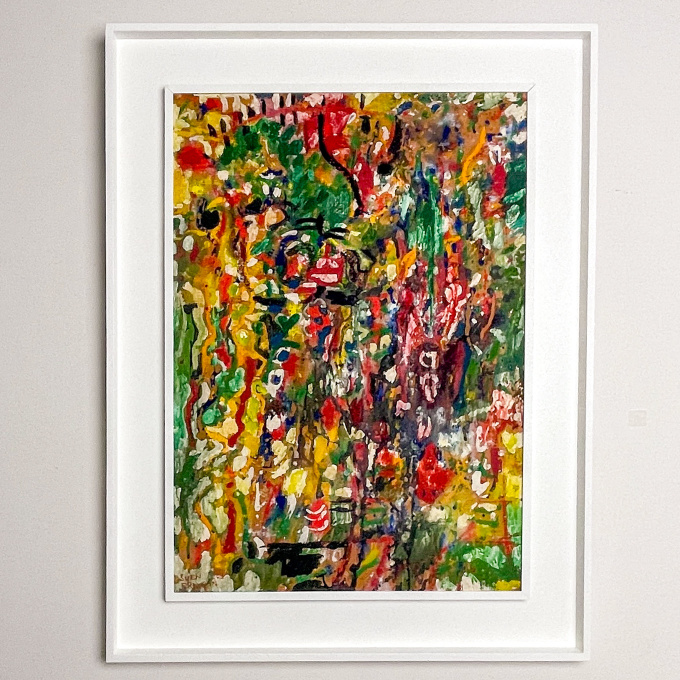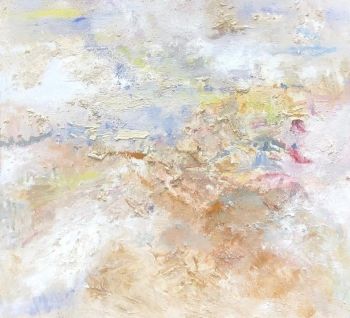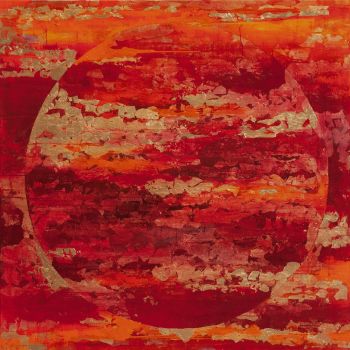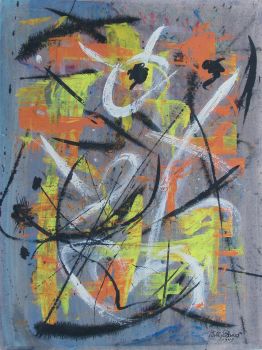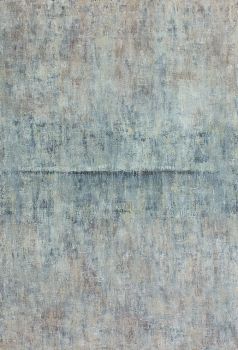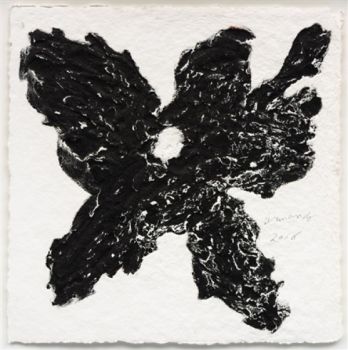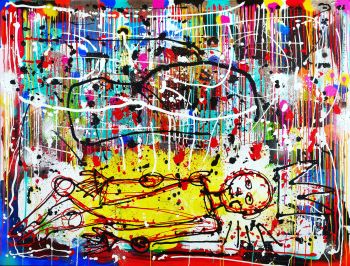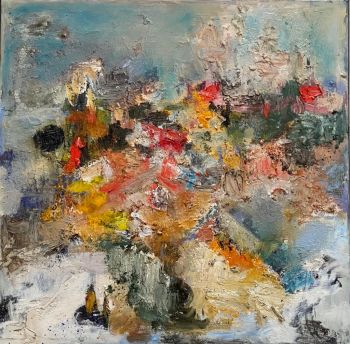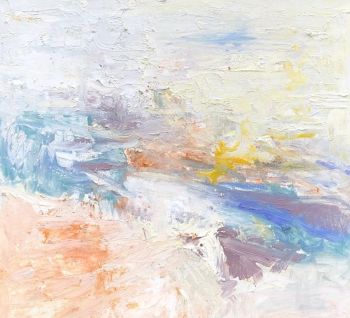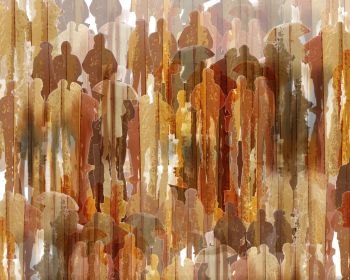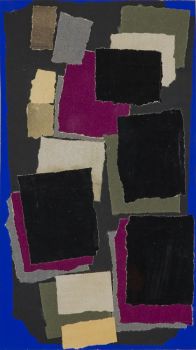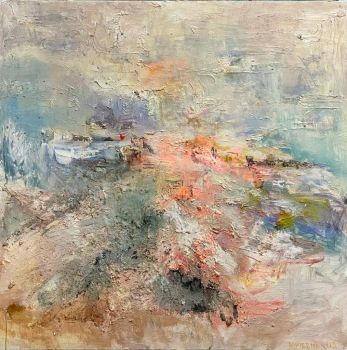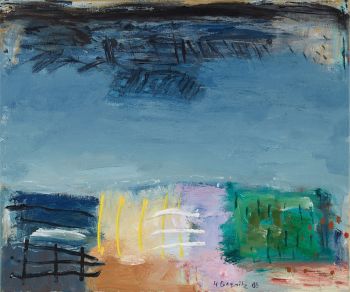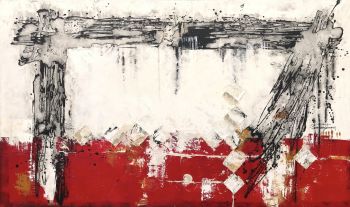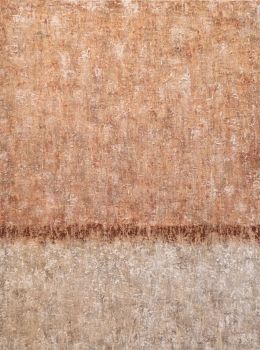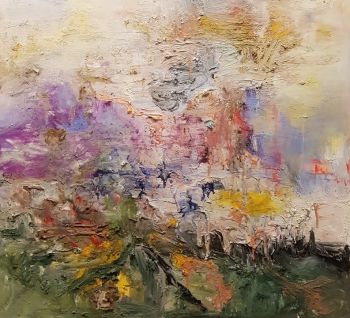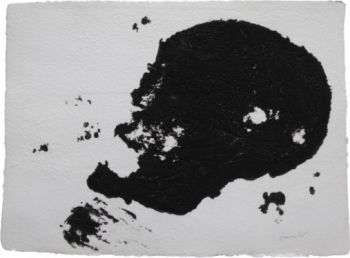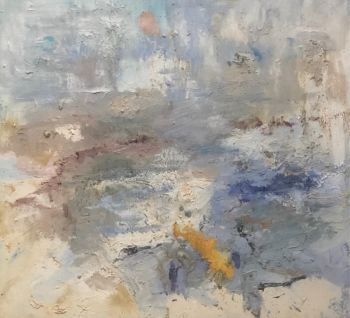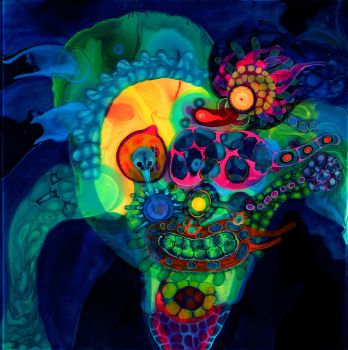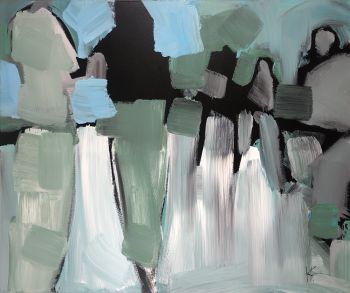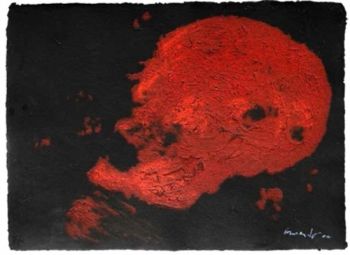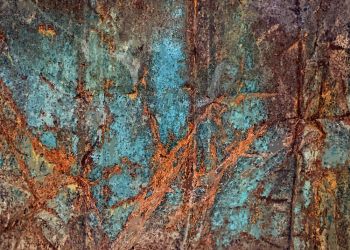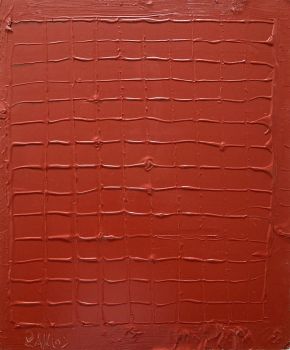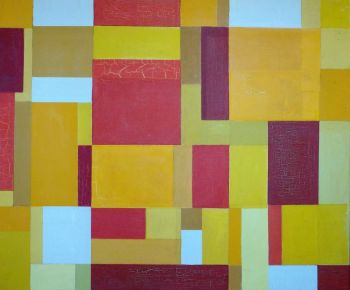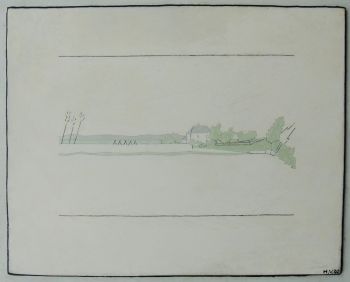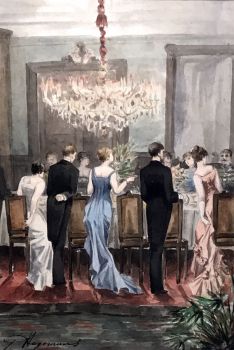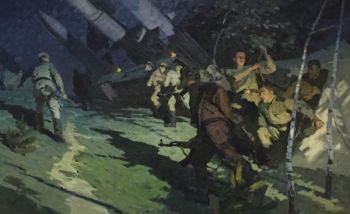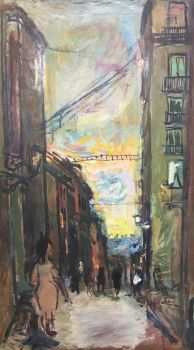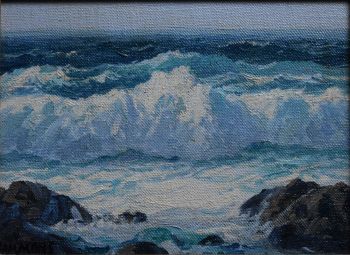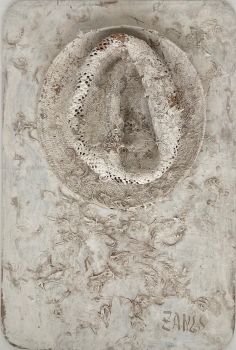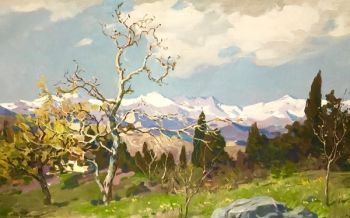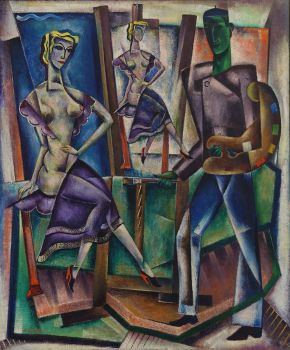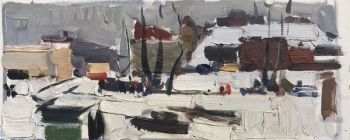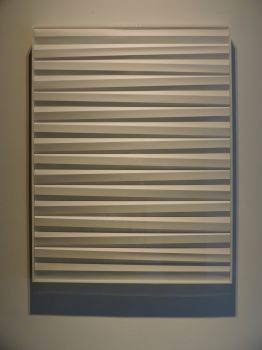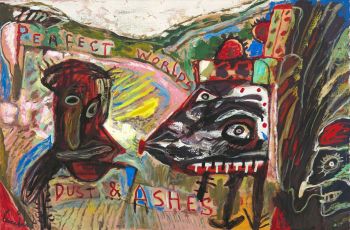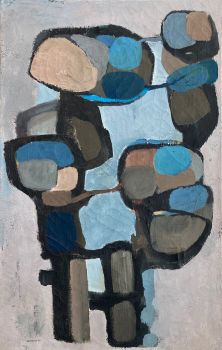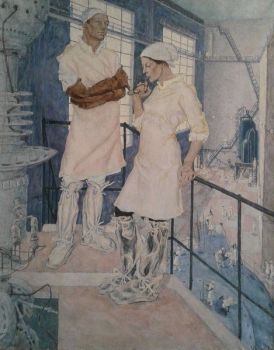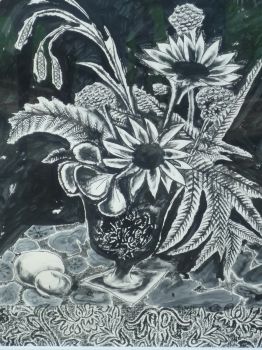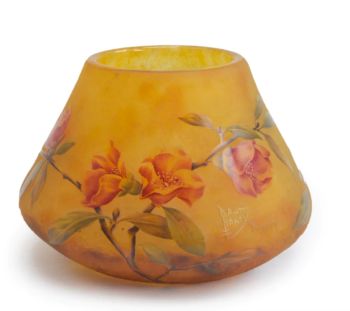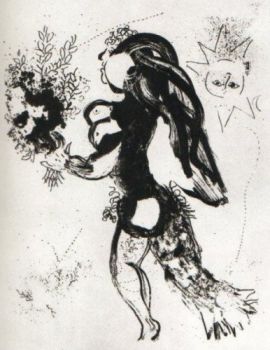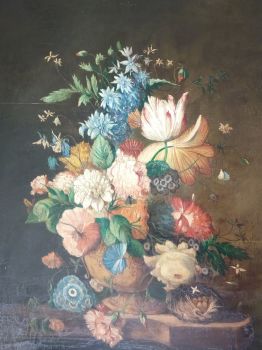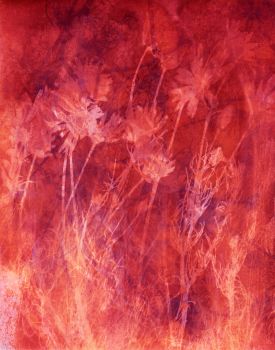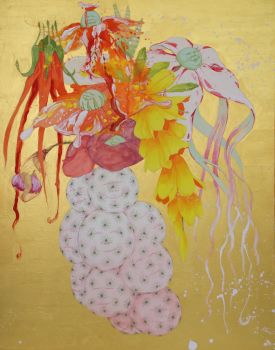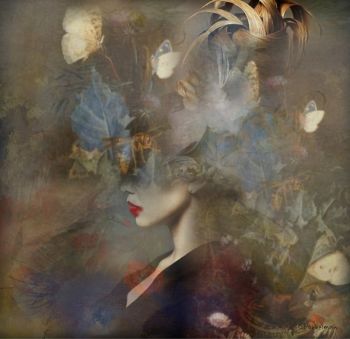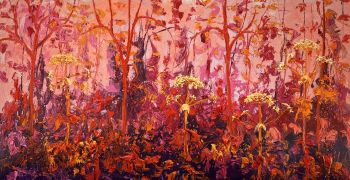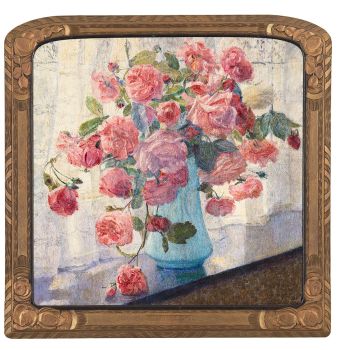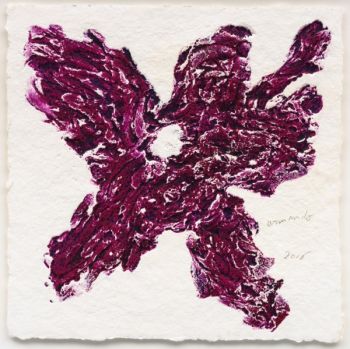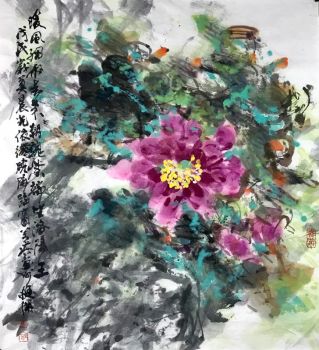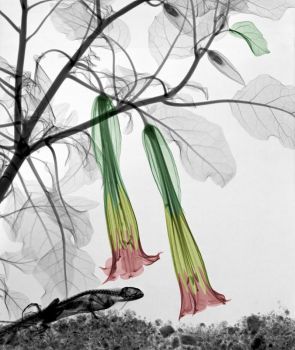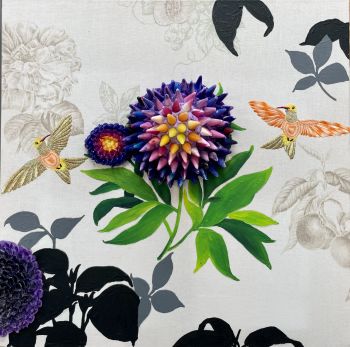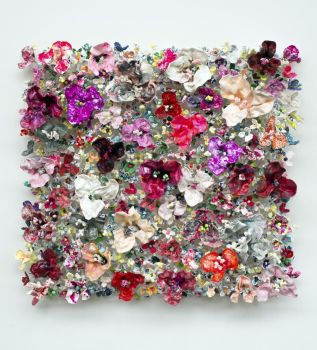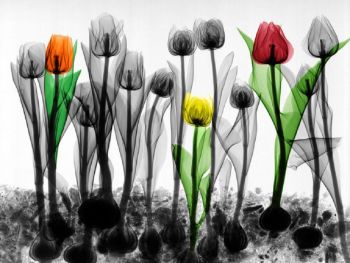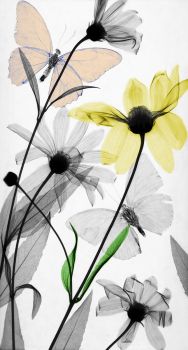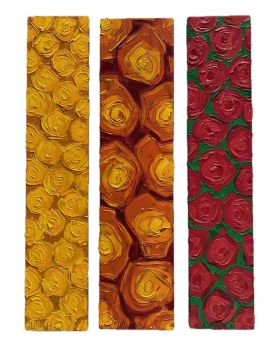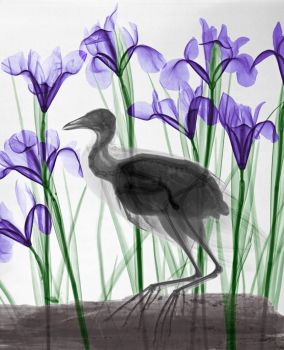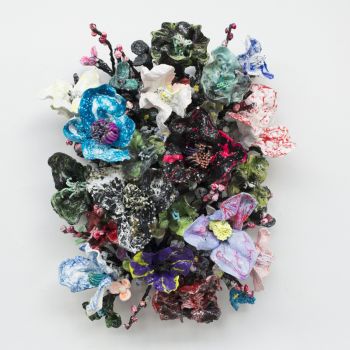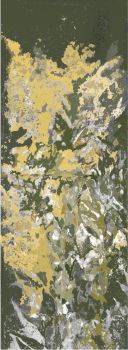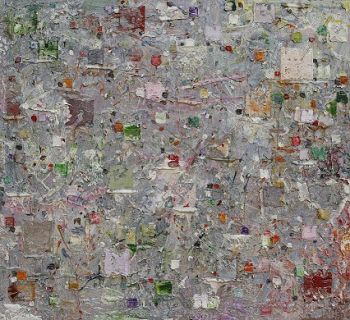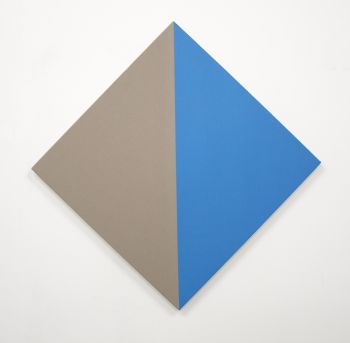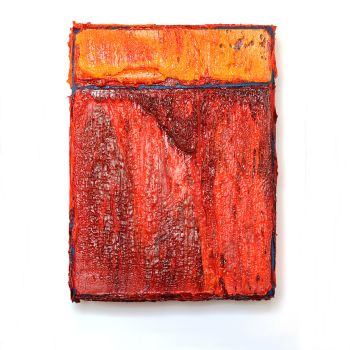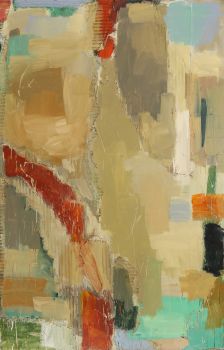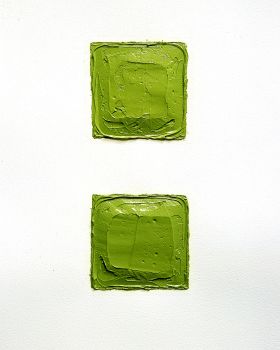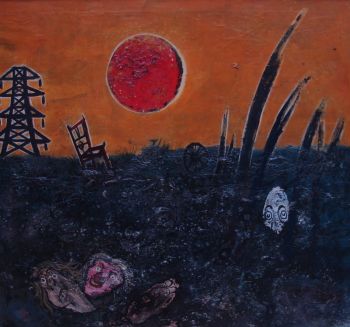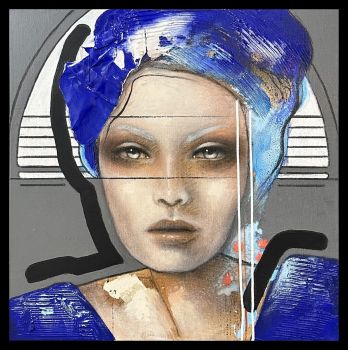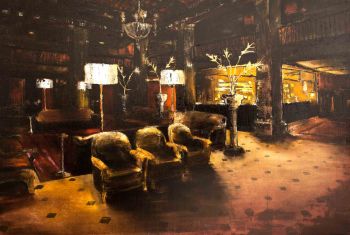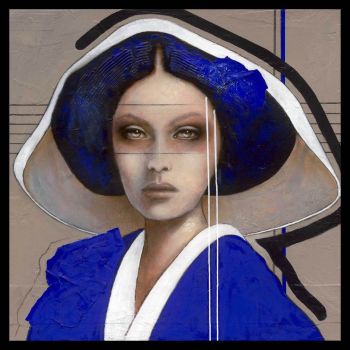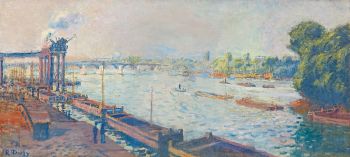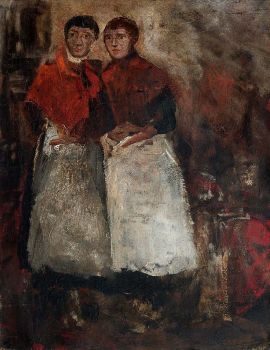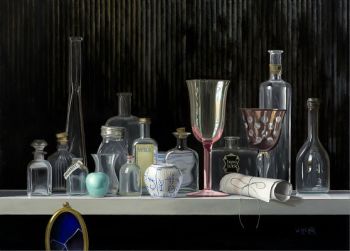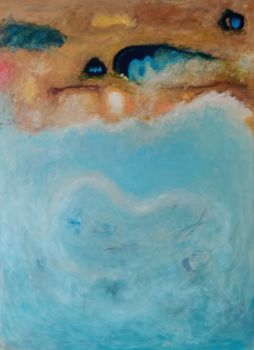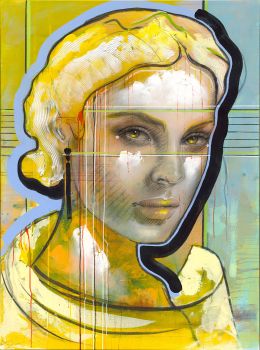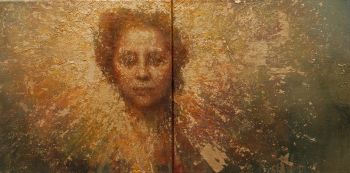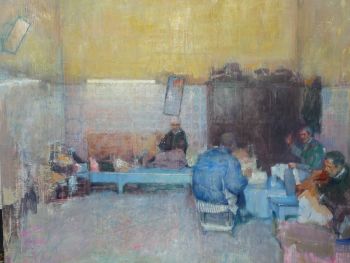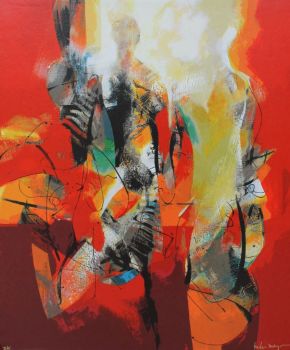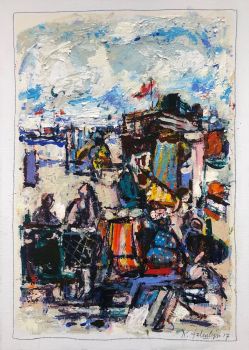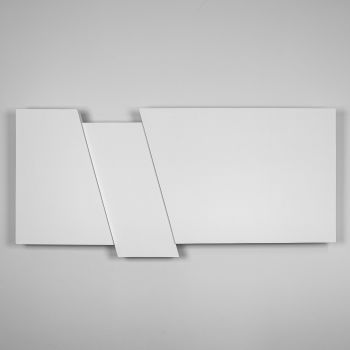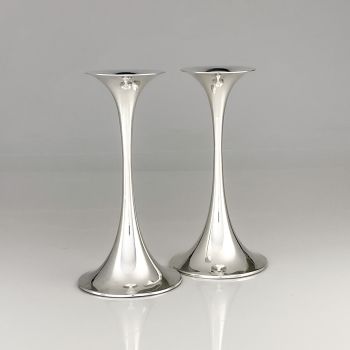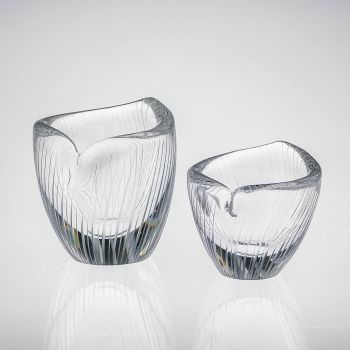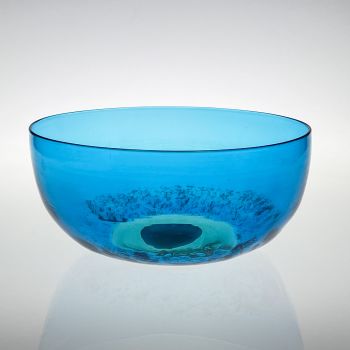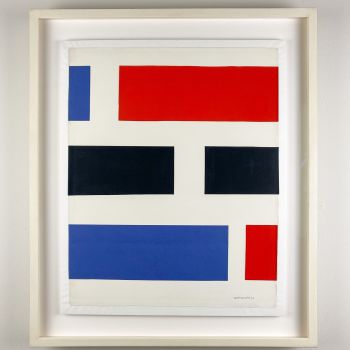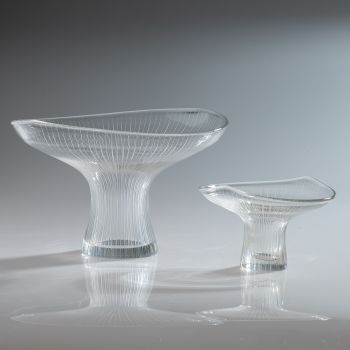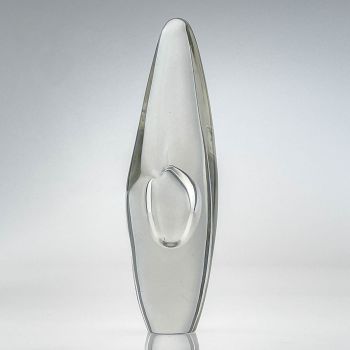Sven Erixson – “Red Flowers”, 1962 – oil on board, profesionally framed 1962
Sven Erixson
HolzPlankeÖlfarbeFarbe
77 ⨯ 59 ⨯ 5 cm
ConditionGood
Preis auf Anfrage
Van Kerkhoff Art
- Über KunstwerkAn original oilpainting on board, “Red Flowers”. Painted by Swedish artist Sven Erixson in 1962.
Signed and dated by the artist (front, bottom left). Titled on the reverse in pencil.
Professionally framed in a bespoke, painted wooden frame. Ready to hang.
About Sven Erixson
Sven Leonard Erixson (Tumba, Sweden 1899 – Saltsjöbaden, Sweden 1970) was a Swedish painter and sculptor. Affectionately known as “X-et” (X), he left an indelible mark on the Swedish art scene during the 20th century.
Erixson’s path to becoming a respected artist was a long and challenging one. He started his artistic journey as an apprentice to a master painter at the age of 14. As his passion for art grew, he honed his skills in decorative painting. Simultaneously, he took on the role of a drawing instructor at the Konstfack. A pivotal moment in his artistic education came when he spent a year at the Royal Swedish Academy of Arts. Notably, he later returned to the academy as a Professor of painting from 1943 to 1953.
Erixson’s body of work is a testament to his diverse talents. His paintings often featured landscapes with figures, infused with motifs from sunny southern locales. He also had a knack for capturing the essence of urban life and maritime scenes. His repertoire extended to intimate interiors and delicate floral compositions. In the last decade of his life, his work changed and he paintings became increasingly abstracted.
His artistic inspiration ranged from Medieval Folk art to the spirited strokes of German Expressionism. Erixson’s love for travel greatly influenced his work, drawing inspiration from Spain and the south of France. During his travels, he sought out the works of both old masters and contemporary artists, including Goya and Velazquez at the Museo del Prado, El Greco in Toledo, and Paul Klee, Lovis Corinth, Gustav Klimt, and Egon Schiele at the Bavarian National Museum.
Erixson holds a very significant place among Sweden’s modern painters, with his works displayed in most Swedish art museums. In 1932, he co-founded the artist-led gallery ‘Color and Shape’ (Färg och Form). His artistic pursuits extended beyond easel painting, including the creation of frescoes in the Holy Cross Chapel at Woodland Cemetery in Stockholm (1938 to 1940) and a significant fresco in the town hall of Huddinge (1948 to 1949), where he incorporated his childhood memories of the railroad town. Erixson’s creative endeavors also involved theatrical decor, such as his work on Garcia Lorca’s “Blood Wedding” in 1944 and his costume sketches for “Aniara” in 1959. - Über Künstler
Sven „X-et“ Leonard Erixson (23. November 1899 – 17. Mai 1970) gilt als wegweisende Figur der schwedischen Kunst und wird für seine vielfältigen Beiträge als Maler und Bildhauer gefeiert. Er wurde als Sohn von Alfred und Mathilda Eriksson geboren und war Teil einer Familie, in der die Künste über Generationen hinweg aufblühten. Aus seiner Ehe mit Ingeborg Erixson gingen zwei Kinder hervor, die in die kreativen Fußstapfen ihres Vaters traten: Sverre Erixson, eine 1932 geborene Künstlerin, und Irma Erixson, ein 1937 geborener Schauspieler.
Erixsons Weg zur künstlerischen Anerkennung war von Hingabe und einem rigorosen Streben nach Wissen geprägt. Er begann seine formelle Ausbildung im zarten Alter von 14 Jahren bei einem Malermeister, erweiterte seine Fähigkeiten in der dekorativen Malerei und übernahm eine Stelle als Zeichenlehrer an der Konstfack, Schwedens größter Universität für Kunst, Handwerk und Design. Sein Bildungsweg führte ihn weiter an die renommierte Königlich-Schwedische Kunstakademie, wo er nicht nur studierte, sondern von 1943 bis 1953 als Professor für Malerei sein Wissen weitergab.
Sein künstlerisches Oeuvre ist sowohl breit gefächert als auch tiefgreifend und fängt von Figuren bevölkerte Landschaften, lebendige Stadt- und Hafenszenen, intime Innenräume und zarte Blumenarrangements ein. Erixsons Palette schöpfte aus einem reichen Spektrum an Einflüssen, vom rustikalen Charme der mittelalterlichen Volkskunst bis zu den kühnen Strichen des deutschen Expressionismus. Als unersättlicher Reisender fand er endlose Inspiration in den Landschaften und dem künstlerischen Erbe Spaniens und Südfrankreichs und studierte sorgfältig die Werke von Größen wie Goya, Velazquez, El Greco, Paul Klee, Lovis Corinth, Gustav Klimt und Egon Schiele ihre nativen Einstellungen.
Erixsons Vermächtnis als einer der bedeutendsten modernen Maler Schwedens ist unbestritten, seine Werke zieren die Sammlungen bedeutender schwedischer Kunstmuseen. Er war maßgeblich an der Gründung der von Künstlern geführten Galerie „Color and Shape“ (Färg och Form) im Jahr 1932 beteiligt und markierte damit einen entscheidenden Moment in Schwedens moderner Kunstbewegung. Seine Aufträge sind zahlreich und vielfältig, darunter die eindrucksvollen Fresken der Heilig-Kreuz-Kapelle auf dem Waldfriedhof in Stockholm (1938–1940) und das faszinierende Fresko im Rathaus von Huddinge (1948–1949), das seine Kindheitserinnerungen auf komplexe Weise mit denen der Stadt verbindet Eisenbahnerbe. Über die Leinwand hinaus fand Erixsons kreativer Geist in der Theaterdekoration Ausdruck, insbesondere für Garcia Lorcas „Bluthochzeit“ im Jahr 1944, und in seinen Entwürfen für Dekorationen und Kostüme für „Aniara“ im Jahr 1959, die seinen vielseitigen und fantasievollen Ansatz zur Kunst unter Beweis stellten.
Sind Sie daran interessiert, dieses Kunstwerk zu kaufen?
Artwork details
Related artworks
- 1 - 4 / 24
- 1 - 4 / 24
Johannes van Dreght
Antique Dutch still life flowers in vase1740 - 1800
Preis auf AnfrageGallerease Selected
1 - 4 / 24- 1 - 4 / 24
- 1 - 4 / 12

